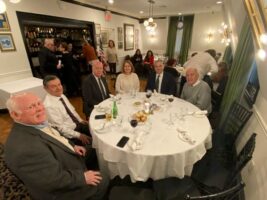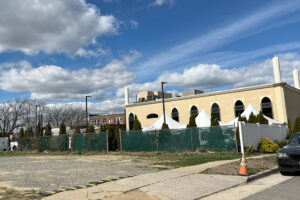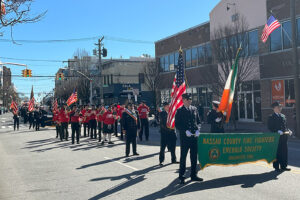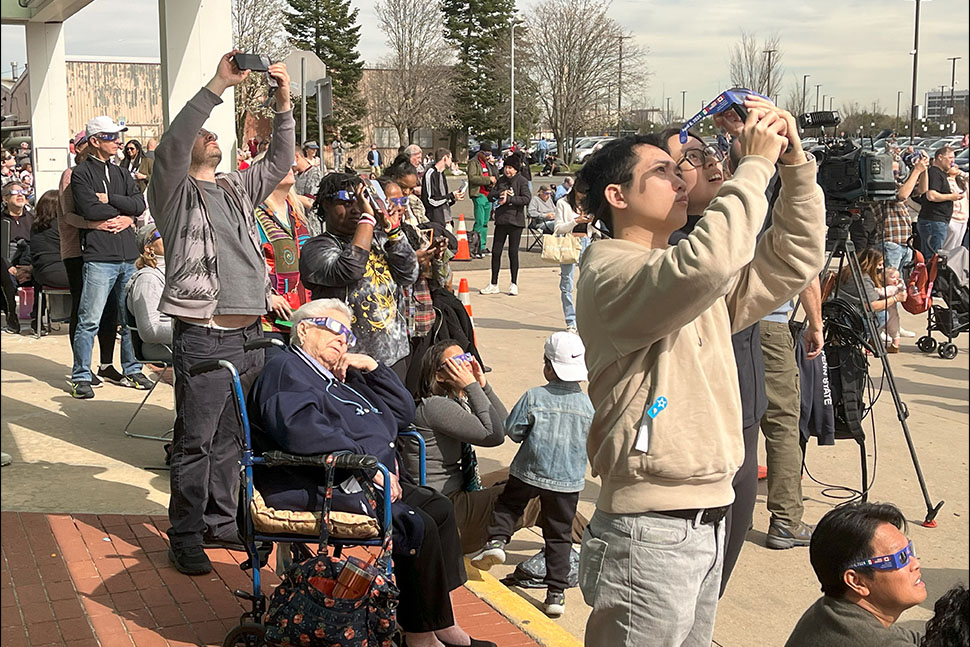
LATEST NEWS

Floral Park-Bellerose School Students Perform At Orchestra Festival

Westbury’s Techno Dragons Win Big For Innovative App
Garden City Participates In ‘One School, One Book’ Program

Snapshots Of Easter Weekend From Our Neighbors

Mineola Chamber Hosts Local Leaders At February Dinner
Virtual Reality Project Earns Second NEH Grant

Blakeman, LaRocco Recruit Locals To Deputize In Emergencies
Nassau County Executive Bruce Blakeman is back in the news this spring after putting out a call for new Nassau County Provisional Special Deputy Sheriffs,

Measles Case In Nassau Renews Calls For Vaccination, Education
In late March, a young child who presented with symptoms at a Nassau County emergency room was confirmed to have measles, prompting renewed attention to

Hillside Islamic Center Files Suit Over Construction Plans
After months of consideration and back-and-forth discussion, the Town of North Hempstead’s town board recently voted against a revised proposal by the Hillside Islamic Center

Westbury’s Techno Dragons Win Big For Innovative App
The fourth- and fifth-graders of Park Avenue School’s Techno Dragons have been working hard this year to get their FIRST LEGO League (FLL) robotics and

Irish American Society Hosts 74th Successful St. Patrick’s Day Parade
Irish eyes were smiling when the sun shined bright on the annual St. Patrick’s Day parade in Mineola on Saturday, March 3. The Irish American

Mineola Chamber Hosts Local Leaders At February Dinner
The Mineola Chamber of Commerce’s February dinner meeting was an excellent evening of networking and a fabulous dinner at Davenport Press. Our speaker from the
TRENDING
Ukrainian Rocker Talks
Fundraising For Friends,
25 Years Of Touring
Gogol Bordello to play free benefit
in Tompkins Square Park
By Cory Olsen – April 15, 2024
THIS WEEK'S
SPECIAL SECTIONS

UPCOMING EVENTS
- Check back for future events




